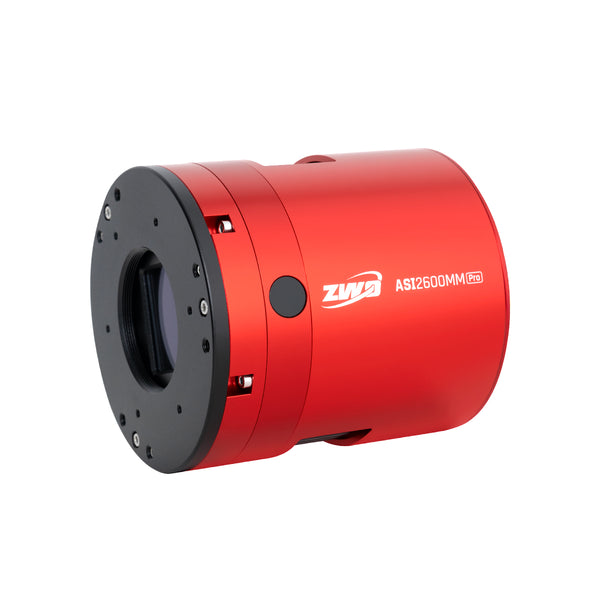
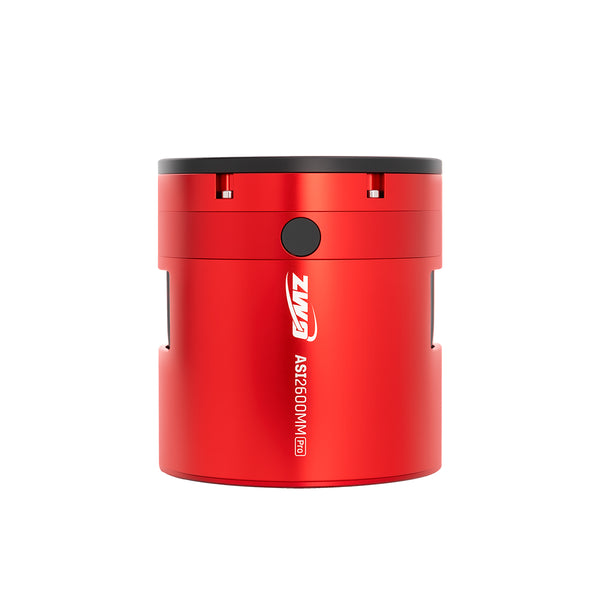
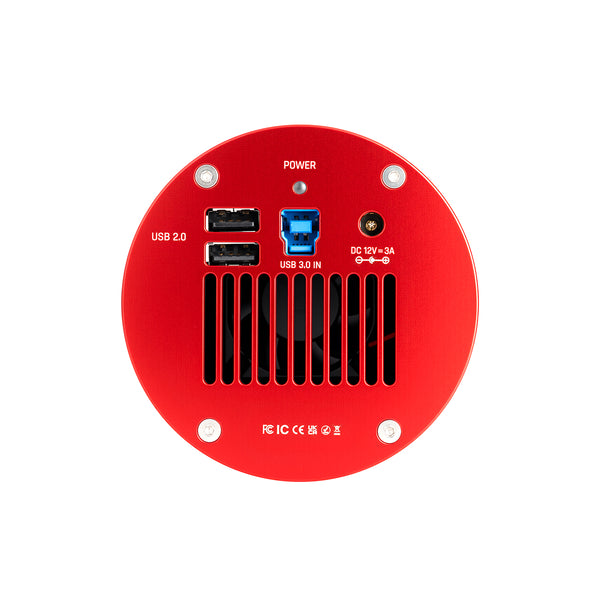
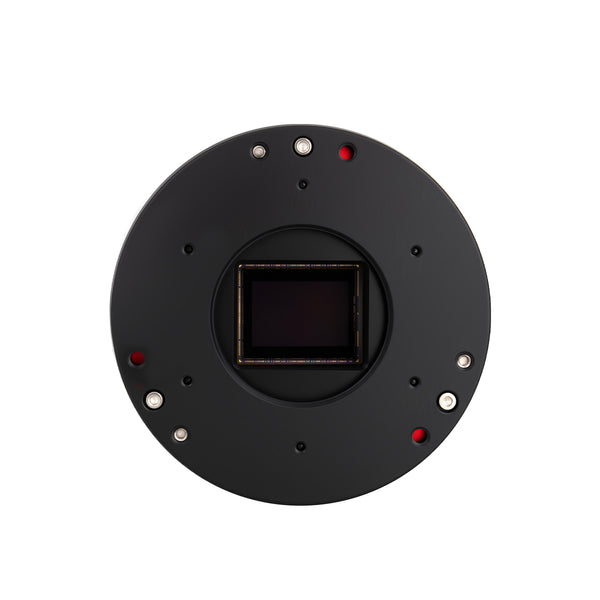






Products in the Same Family
Why Purchase from All-Star Telescope?
Free Expert Support
Whether you are a first timer needing help with setting up or an enthusiast that can't quite make that one thing work, our expert staff are ready to support your needs. With decades of knowledge and first hand experience we've been there and we can help you through it!
Stress Free, Secure Transactions
You can trust purchasing and delivery with All-Star Telescope. All of our transactions are 100% secure and Level 1 PCI DSS compliant thanks to Shopify's ShopPay platform. For additional protection, we insure 100% of the value of every shipment we make. If it get's lost during shipment, we replace it. If it gets damaged during shipment, we replace it. We make sure your product arrives exactly as you would expect it to; we promise.
We also ensure privacy protection. We never keep any of your credit card information on file and any of your personal data is stored according to our policies.
30 Day Return Policy
Buy with confidence knowing that we accept returns up to 30 days after purchase. We want you to have something you will actually use and we are confident that we keep good quality products in our store with No Junk.
Price Match Promise
Shipping around for the best price is tough, we make it easier by offering the best pricing in the market. But if you find a better price on an in-store item somewhere else we will match it!
Product Description
Important: For the following imaging camera models, please use a separate 12V power supply rather than the power hub in the ASIAIR Pro as the hub cannot provide enough amperage to power the camera's TEC coolers: ASI6200, ASI2600, ASI2400, ASI533, ASI071MC
ASI2600MM Pro uses Sony's back-illuminated IMX571 Full Frame format native 16-bit ADC sensor. It has an ultra-low 1.0e readout noise pixels and an innovative breakthrough resulting in zero amp-glow. It delivers an outstanding resolution of 6248×4176 pixels, making it a true 26-megapixel powerhouse. Each 3.76 μm pixel offers an impressive full-well capacity of 73ke, ensuring exceptional dynamic range and image quality.
Fresh New Upgrades!
The new ASI2600MM-P25 Camera includes an upgraded board, allowing for enhanced performance in terms of lower readout noise and higher frame rates. It also now has 512MB of DDR3 Cache. This camera features a tilt plate with three adjustment screws and three mounting screws for precise sensor alignment, ensuring a flat imaging field and consistent star shapes across the entire frame. It also now comes with a premium matte finish, to match your favorite ZWO mounts and accessories!

Exquisite Craftsmanship for a Premium Imaging Experience
Zero Amp Glow – Worry-Free Imaging even with Long Exposures and High Gain
The ASI2600MM Pro features a true "zero amp glow" sensor, delivering exceptionally clean dark frames. Even during long exposures or at high gain settings, astrophotographers can easily capture high-quality images.
APS-C Format
The ASI2600MM Pro camera uses a APS-C format. The outstanding 6248x4176 resolution provided by the onboard Sony IMX571 sensor makes this camera a true 26-megapixel powerhouse! The sensor length and width are 23.5mm x 15.7mm respectively, and the diagonal is 28.3mm. This is a camera with a small pixel size of 3.76um that can accommodate a large well depth of 73ke.
Native 16bit ADC
The advanced CMOS architecture of the ASI2600MM Pro enables a true 14-stop dynamic range. This ensures exceptionally smooth tonal transitions, richer color gradients, and the ability to capture both the faintest details and the brightest highlights within a single frame.

Two-Stage TEC Cooling, Ultra-Low Dark Current
Thanks to the two stage TEC cooling, ASI2600MM Pro can lower the CMOS sensor temperature to 35 degrees Celsius below ambient temperature, which can significantly reduce dark current generation and sensor noise even during extended exposure times
*The Delta T 35°C is tested at 30°C ambient temperature. It might get down when the cooling system is working for a long time. Also, as the ambient temperature falls, the Delta T would also decrease.
Sensor Tilt Adjustment
The camera incorporates a tilt plate with three sets of adjustment screws. In combination with the three mounting screws, they enable precise fine-tuning of the sensor plane for accurate alignment with the telescope's optical axis, ensuring a flat imaging field and consistent star shapes across the entire frame.

Other Key Features
- USB3.0 & 512MB DDR3 Memory: The ASI2600MM Pro camera is equipped with a USB 3.0 transmission interface and a built-in 512MB DDR3 cache to ensure stable and secure data transmission.
- Powerful Anti-Dew: ASI2600MM Pro comes with the polyimide heater that can avoid any dew problems. The anti-dew heater which completely fit the protective window will heat it to avoid any dew problems.
- Meticulous Design, Uncompromising Quality: The body weighs just 0.7 kg (1.54 lbs), yet delivers outstanding image performance.

Camera Performance
Low Readout Noise, High Dynamic Range
The ASI2600MM Pro camera has excellent performance with a dynamic range of up to 14 stops that will greatly reduce the issue of overexposed images, and make color gradients look smoother and more natural-looking.
When the gain setting reaches 100, the HCG (High Conversion Gain) mode is automatically enabled, which substantially reduces readout noise while preserving dynamic range. For optimal deep-sky imaging performance, a gain setting of 0 or 100 is recommended.

QE Curve
The QE peak value of the ASI2600MM Pro is 91%.

Ultra-Low Dark Current
The unique dark current suppression technology can further reduce dark current noise. At a cooling temperature of 0°C, the dark current noise is only 0.0022e/s/pix. This means a 300s exposure will only cause a dark current noise of 0.7 e/pix, which is completely negligible!

What's in the Box
Specifications
| Sensor | SONY IMX571 CMOS |
| Diagonal | 28.3mm |
| Image area | 23.5*15.7mm |
| Resolution | 26 Mega Pixel (6248*4176) |
| Pixel Size | 3.76μm |
| Shutter | Rolling shutter |
| Frame Rate | 14.3 FPS |
| Exposure Range | 32μs-2000s |
| Read Noise | 1.0-3.3e |
| QE peak | 80% |
| Full well | 73Ke |
| ADC | 16bit |
| DDR3 Buffer | 512MB |
| Interface | USB 3.0/USB 2.0 |
| Adaptor | M42X0.75 |
| Protect window | D60-2 AR |
| Dimensions | 90mm Diameter / 97mm Tall |
| Weight | 700g |
| Back Focus Distance | 17.5mm |
| Cooling | Regulated Two-Stage TEC |
| Delta T | 30-35°C below ambient |
| Camera Power consumption | 1.15A at 5V |
| Cooler Power consumption | 12V at 3A Max |
| Working Temperature | -5°C—45°C |
| Storage Temperature | -20°C—60°C |
| Working Relative Humidity | 0%—80% |
| Storage Relative Humidity | 0%—95% |
Dimensions

Back-Focus Adjustment Solutions


Additional Articles, Videos, and Links
External Links

Astrophotography for Beginners Step 4: Shooting Deep-Sky Images
Taking deep sky pictures can be daunting, luckily there is an easy process to follow to allow you to get great shots! Here is the typical process for actually taking deep-sky images in the field.
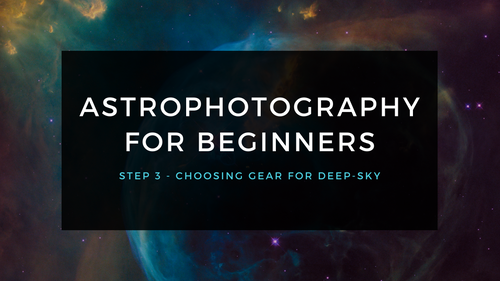
Astrophotography for Beginners Step 3: Choosing Gear for Deep-Sky Imaging
Using a star tracker gains you experience with the fundamentals of deep-sky imaging. Shooting the Moon gains you experience focusing and framing through your telescope. Through your sessions you’ll...
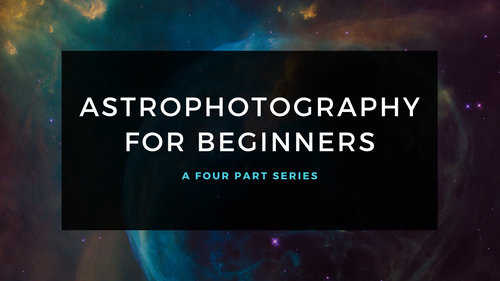
Astrophotography for Beginners - Start Here: Getting into Astrophotography Step by Step
Shooting the night sky has never been more popular, nor easier. The choice of equipment has also never been better, or more affordable. However, as per the advice given by Dickinson and Dyer in the...
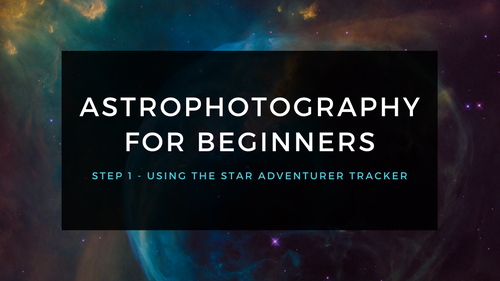
Astrophotography for Beginners Step 1: Using the Star Adventurer Tracker
By far the most economical and easiest way to capture beautiful images of the Milky Way and large deep-sky objects like the Andromeda Galaxy (shown here) is to use a star tracker. Here are steps an...
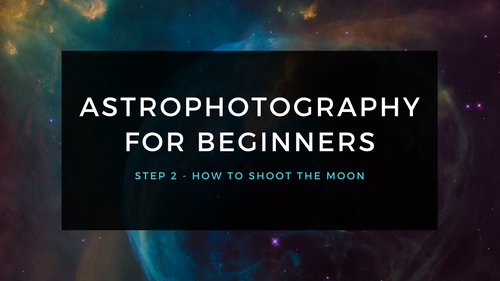
Astrophotography for Beginners Step 2: How to Shoot the Moon
Close-ups of the Moon are rewarding, and an easy way to learn to shoot through your telescope. While good results are possible with a phone camera clamped to an eyepiece (as shown below), this tuto...


